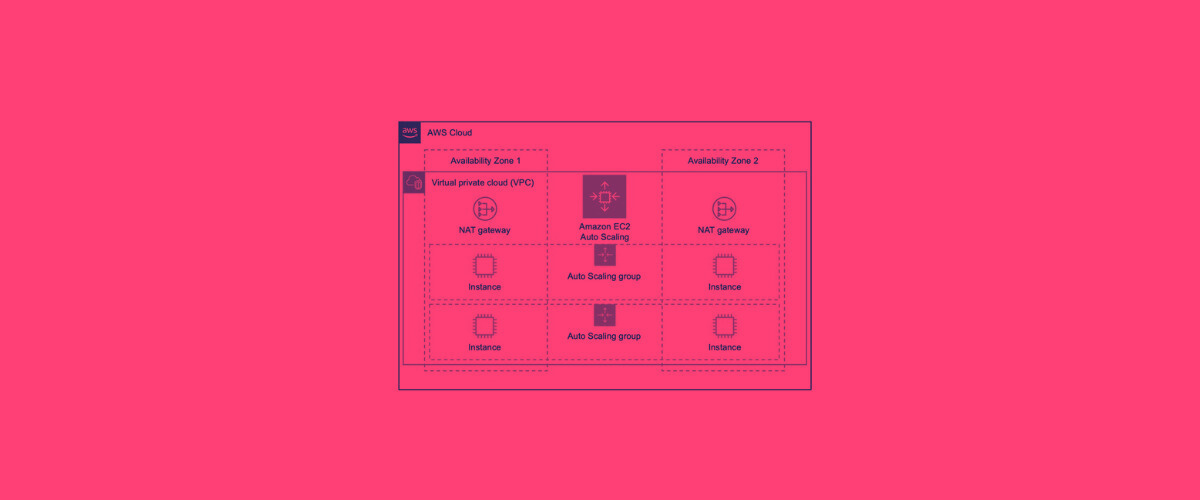In enterprise architecture, clarity is not optional, it is foundational. Whether you are designing cloud-native solutions or hybrid deployments, standardized diagrams using official AWS and Azure icons ensure your architecture is readable, repeatable, and ready for stakeholder consumption.
🎯 Why Standardization Matters
- Accelerates comprehension: Stakeholders and engineers interpret diagrams faster when symbols are familiar and consistent.
- Improves cross-team alignment: Shared visual language supports collaboration across cloud, security, and operations teams.
- Supports compliance and audits: Clear documentation helps meet regulatory and operational review requirements.
- Reduces ambiguity: Standardized visuals eliminate guesswork in design reviews and retrospectives.
🧱 Core Principles of Standardized Architecture
- Use Official Cloud Icons
- AWS Architecture Icons
- Azure Architecture Icons
Always use the latest icon sets provided by AWS and Azure. Avoid mixing styles or using custom shapes unless explicitly required.
- Group by Functional Domains
Organize components into logical zones:- Networking: VPC (AWS), Virtual Network (Azure), Subnets, Gateways
- Compute: EC2, Lambda, ECS (AWS); VMs, Functions, AKS (Azure)
- Data: RDS, DynamoDB, S3 (AWS); SQL Database, Cosmos DB, Blob Storage (Azure)
- Security: IAM, KMS, WAF (AWS); Azure AD, Key Vault, Defender
- Monitoring & Ops: CloudWatch, CloudTrail (AWS); Azure Monitor, Log Analytics
- Apply Consistent Layouts
- Left-to-right for request flow
- Top-down for layered architecture (Presentation → Logic → Data)
- Use containers to group services by environment (e.g., Dev, Prod)
- Label Clearly and Concisely
- Use service names and roles (e.g., “VM – Web Server”)
- Avoid acronyms unless universally understood
- Include environment tags (e.g., “Prod VNet” or “Dev VPC”)
- Color-Code for Clarity
- Use native icon colors from AWS and Azure
- Optionally shade backgrounds to distinguish zones (e.g., DMZ vs Private Subnet)
📐 Example Reference Layout
A typical 3-tier web application diagram might include:
- Client Layer: Browser → DNS (Route 53 / Azure DNS) → CDN (CloudFront / Azure Front Door)
- Web Layer: Load Balancer → Compute (EC2 / VM) in Public Subnet
- App Layer: Serverless (Lambda / Azure Functions) or Containerized (ECS / AKS)
- Data Layer: Relational DB (RDS / Azure SQL), Object Storage (S3 / Blob), Cache (ElastiCache / Redis)
- Security Controls: IAM / Azure AD, KMS / Key Vault, Security Groups / NSGs
- Monitoring: CloudWatch / Azure Monitor, Logs, Alerts
🛡️ Compliance-Ready Documentation Tips
- Include diagram versioning and change history
- Embed metadata: owner, last updated, purpose
- Link to related documents: threat models, DR plans, SOPs
- Export in PDF and SVG for audit trails
📎 Tools to Support Standardization
- Icon Toolkits: AWS (Draw.io, Lucidchart, Visio), Azure (PowerPoint, Visio, Figma)
- Diagrams-as-Code: Diagrams, Structurizr
- Internal Wiki Templates: Reusable diagram templates for common patterns
🧠 Final Thought: Architecture as a Shared Language
Standardized diagrams using AWS and Azure icons are more than visuals. They are strategic communication tools. They help teams align faster, document smarter, and build with confidence.

